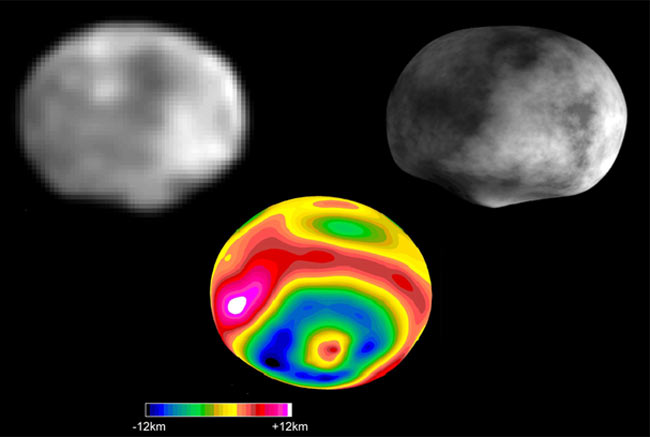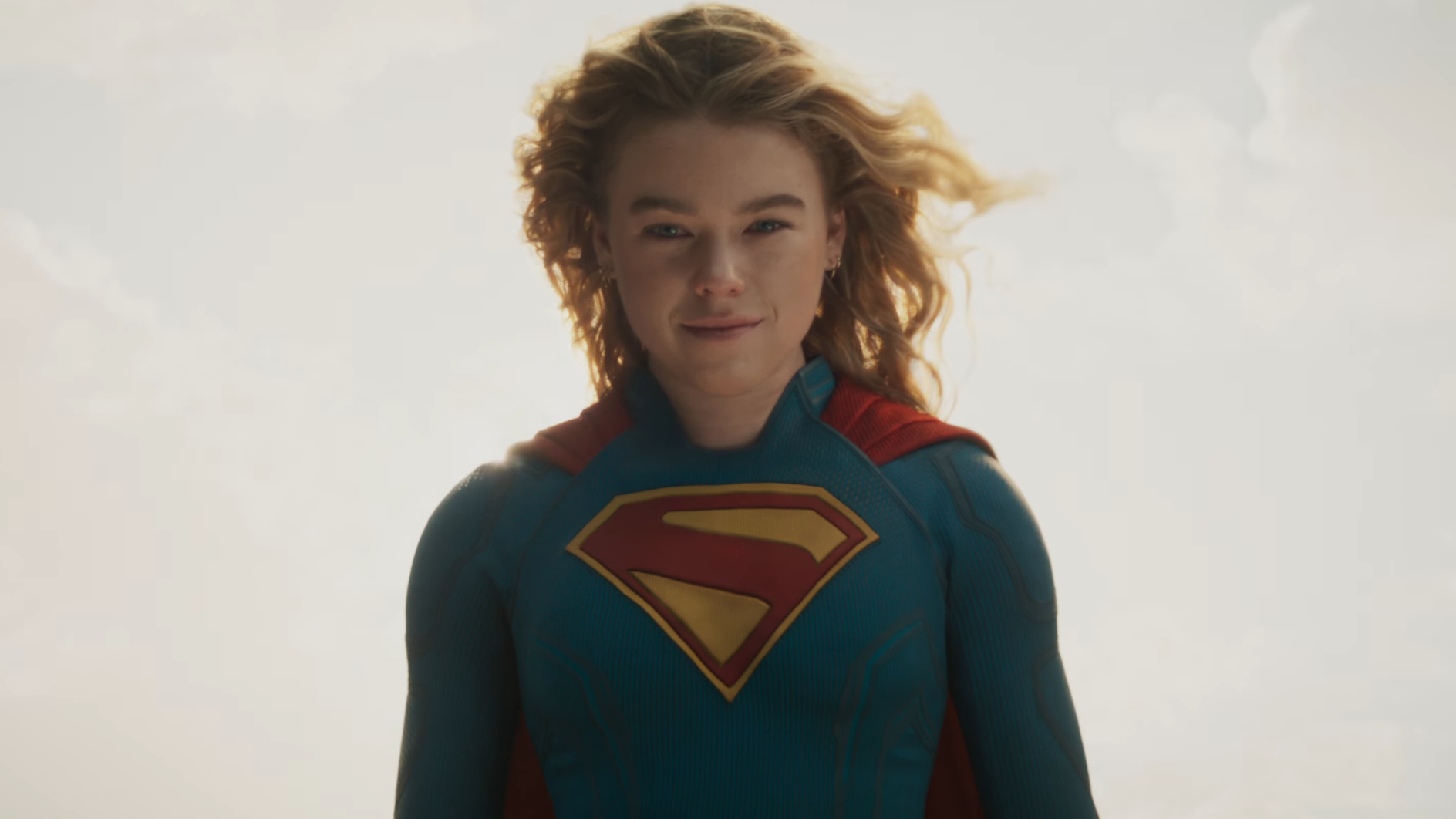Asteroid or Planet? NASA Aims to Settle Vesta Debate

Scientists still aren't sure what to make of Vesta, a small body that orbits the sun. Is it an asteroid or a planet?
NASA's Dawn spacecraft could settle the matter.
Vesta was spotted 200 years ago and is officially a "minor planet" — a body that orbits the sun but is not a proper planet or comet. Yet, many astronomers call Vesta an asteroid because it lies in the main asteroid belt between Mars and Jupiter.
But Vesta is not a typical member of that orbiting rubble patch. The vast majority of objects in the main belt are relative lightweights, 62 miles(100 kilometers) wide or smaller, compared with Vesta, which is 329 miles(530 km) wide.
If Vesta is an asteroid, it would be the second-largest in the solar system. Some scientists, however, are skeptical about that designation. [5 Reasons to Care About Asteroids]
"I don't think Vesta should be called an asteroid," said Tom McCord, a Dawn team member at the Bear Fight Institute in Winthrop, Wash. "Not only is Vesta so much larger, but it's an evolved object, unlike most things we call asteroids."
The evolution of Vesta
The onion-like structure of Vesta (core, mantle and crust) is the key trait that makes Vesta more like planets such as Earth, Venus and Mars than the other asteroids, McCord said.
Breaking space news, the latest updates on rocket launches, skywatching events and more!
Like the planets, Vesta had sufficient radioactive material inside when it formed, releasing heat that melted rock and enabled lighter layers to float to the outside. Signatures of a type of volcanic rock called basalt were detected in 1972, which meant that the body had to have melted at one time.
Bu calling Vesta a 'minor planet' is not distinctive enough, since there are more than 540,000 minor planets in our solar system. Dwarf planets — which include Ceres, the second destination of NASA's Dawn mission — are another category, but Vesta doesn't qualify as one of those. For one thing, Vesta isn't quite large enough to be considered a dwarf planet.
Dawn scientists prefer to think of Vesta as a protoplanet because it is a dense, layered body that orbits the sun and formed in the same fashion as Mercury, Venus, Earth and Mars, but somehow never fully developed.
Early planet formation
In the early history of the solar system, objects became planets by merging with other objects the size of Vesta. But Vesta never found a partner during the big dance, and the critical time passed. It may have had to do with the nearby presence of Jupiter, the gravitational superpower in the neighborhood, disturbing the orbits of nearby objects and hogging the dance partners.
Still, Vesta saw its fair share of action.
Other space rocks have collided with Vesta and knocked off bits of it. This debris in the asteroid belt became known as Vestoids, and hundreds of these types of meteorites have ended up on Earth.
Vesta never collided with an object of sufficient size to disrupt it, however, which is why it has remained intact. As a result, Vesta is like a time capsule from that earlier era.
"This gritty little protoplanet has survived bombardment in the asteroid belt for over 4.5 billion years, making its surface possibly the oldest planetary surface in the solar system," said Christopher Russell, a Dawn team member, based at UCLA. "Studying Vesta will enable us to write a much better history of the solar system's turbulent youth."
Dawn's game plan
Dawn's scientists and engineers have designed a master plan to investigate Vesta's special features.
When Dawn arrives at Vesta in July, the south pole will be in full sunlight, giving scientists a clear view of a huge crater there. The crater may reveal the layer cake of materials inside Vesta, which could help scientists understand how the body evolved after its formation.
The way scientists have designed Dawn's orbit will also allow the spacecraft to map new terrain as the seasons progress during its 12-month visit.
The spacecraft will take many measurements, including high-resolution data of Vesta's surface composition, topography and texture. Dawn will also measure the tug of Vesta's gravity to learn more about its internal structure.
"Dawn's ion thrusters are gently carrying us toward Vesta, and the spacecraft is getting ready for its big year of exploration," said Marc Rayman, Dawn's chief engineer at NASA's Jet Propulsion Laboratory in Pasadena, Calif. "We have designed our mission to get the most out of this opportunity to reveal the exciting secrets of this uncharted, exotic world."
Follow SPACE.com for the latest in space science and exploration news on Twitter @Spacedotcom and on Facebook.

Space.com is the premier source of space exploration, innovation and astronomy news, chronicling (and celebrating) humanity's ongoing expansion across the final frontier. Originally founded in 1999, Space.com is, and always has been, the passion of writers and editors who are space fans and also trained journalists. Our current news team consists of Editor-in-Chief Tariq Malik; Editor Hanneke Weitering, Senior Space Writer Mike Wall; Senior Writer Meghan Bartels; Senior Writer Chelsea Gohd, Senior Writer Tereza Pultarova and Staff Writer Alexander Cox, focusing on e-commerce. Senior Producer Steve Spaleta oversees our space videos, with Diana Whitcroft as our Social Media Editor.
